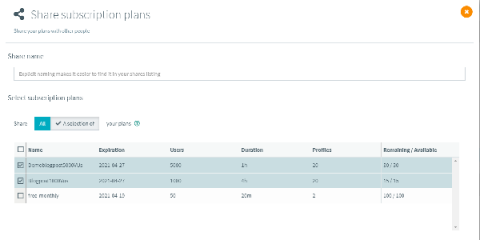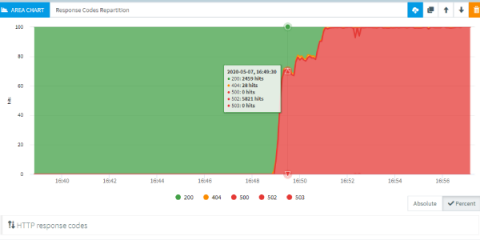Qytera - Case study
Qytera software is a company dedicated to providing fast and effective quality assurance for their customers. Their area of expertise includes Test Management, Test Automation, Continuous Testing and Agile Testing. All of this centered around the latest web and mobile technologies.






